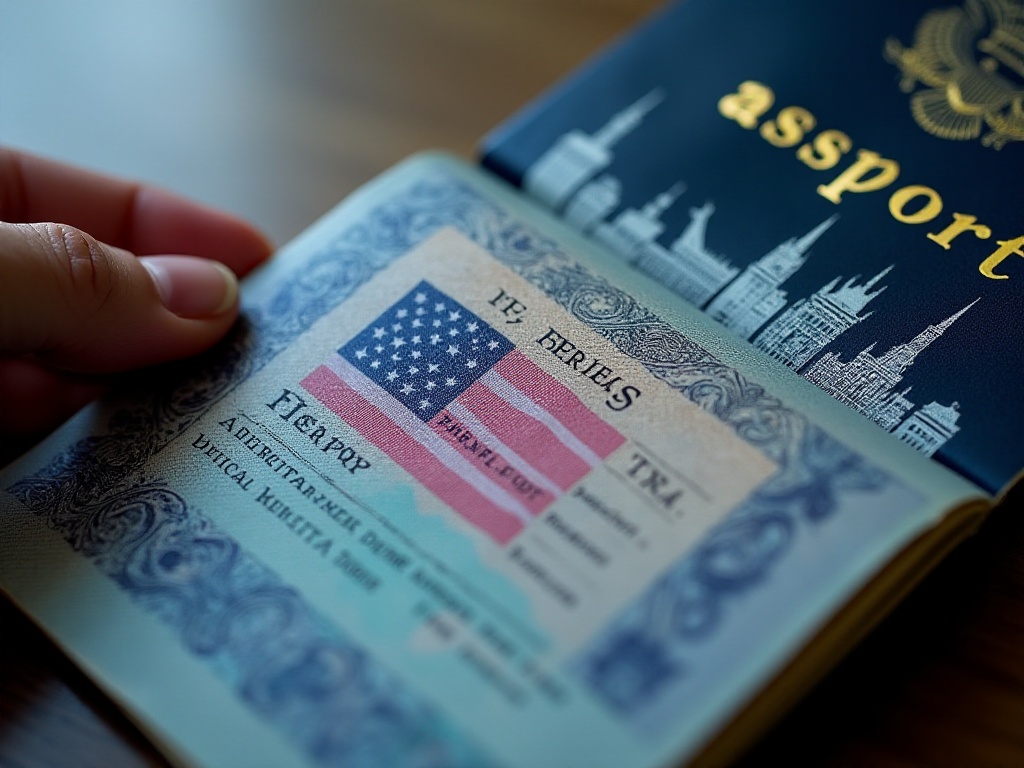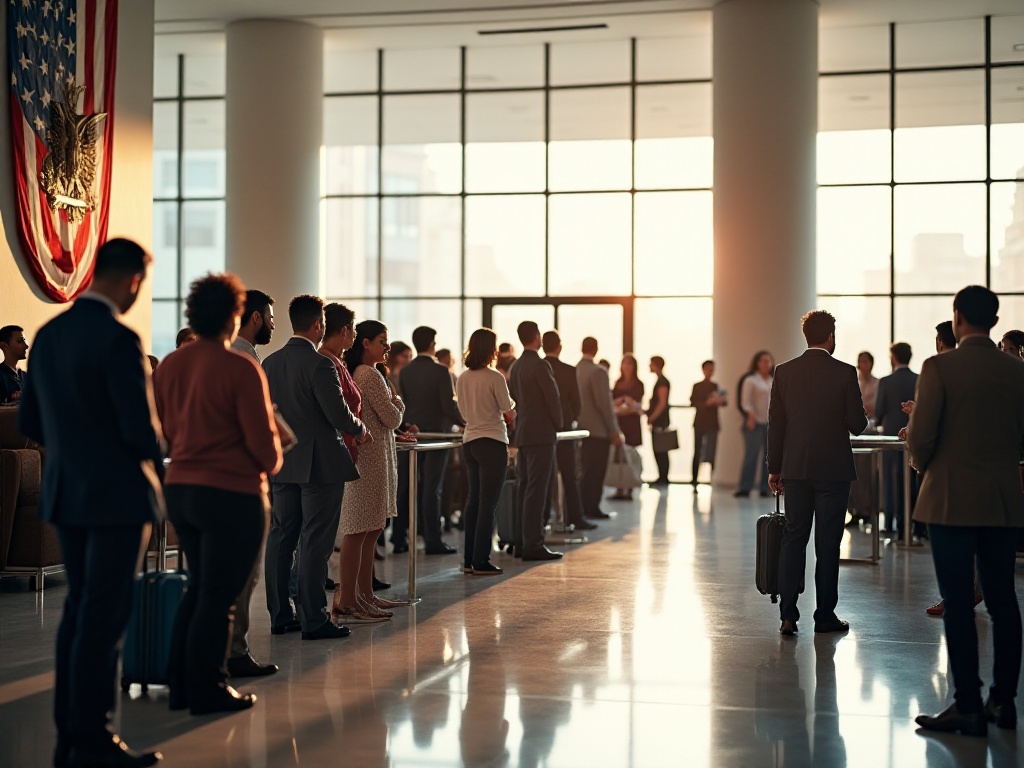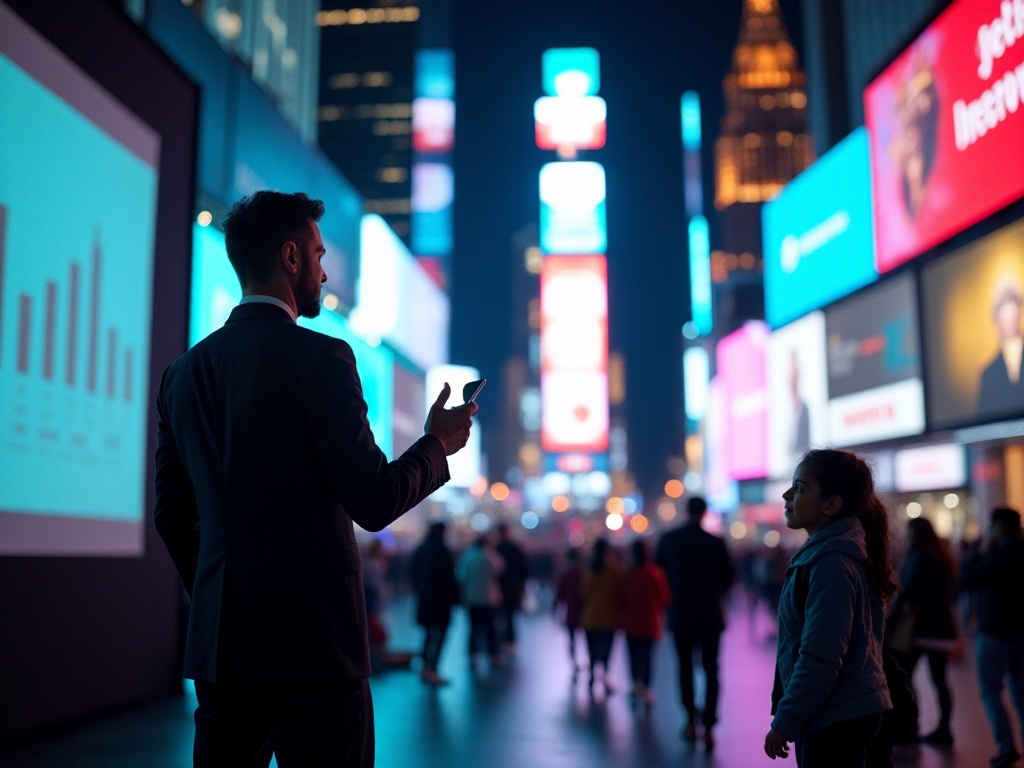Introduction
Hi there, fellow travelers planning to visit or do business in the U.S.! As a tour guide who frequently leads groups to America, I get bombarded with questions daily about B-1 and B-2 visas, what's allowed and what's not. Seeing everyone confused by these concepts, I really want to explain everything clearly at once. Having started as a beginner myself, I truly understand all the confusion. So today, let me break down these seemingly complex concepts in a down-to-earth way, helping you navigate the U.S. visa process smoothly.
Visa Decoded
When it comes to U.S. visitor visas, there are three types: B-1 business visa, B-2 tourist visa, and the B-1/B-2 combination visa. The combination visa is truly amazing because the U.S. government understands that people might want to combine business and pleasure, so they created one visa that works for both purposes.
However, it's important to note that a visa is just an entry permit, like buying a ticket to an amusement park. But here's a crucial reminder: having a visa doesn't guarantee entry into the U.S. I've seen many people with valid visas get stopped and questioned by customs at the airport. So don't think getting a visa means you're all set - it's just the first step.
I remember once, while leading a tour group to the U.S., one young lady who had her visa was questioned extensively by customs during entry. Why? Because her travel plans were too casual - she hadn't even booked accommodation. This made customs question the purpose of her travel. So even with a visa, you need to have everything else properly arranged.

What You Can and Cannot Do
Now for the crucial part - let me explain in detail what you can and cannot do with these visas. This is extremely important as the U.S. is very strict about these matters.
Starting with the B-1 business visa: This allows you to participate in various business activities. You can attend business meetings, negotiate contracts, and participate in trade shows. Just two months ago, I led a team of entrepreneurs to a U.S. trade show where they not only visited the exhibition but also met with local partners to discuss cooperation. These are all completely legal activities.
Once, I had a client who worked in cross-border e-commerce who used their B-1 visa to attend a major e-commerce summit. There, they not only learned new knowledge but also met potential partners. Activities like business investigation, market research, factory visits, training sessions, and contract signing are all permitted.
As for the B-2 tourist visa, it's more straightforward. You can engage in tourism, visit friends and family, seek medical treatment, and even participate in social activities. Last year, I had an amateur photographer in my tour group who participated in a photography contest in the U.S. Such non-paid hobby activities are completely allowed.
I remember a client who visited her daughter studying in the U.S. and attended the school's parents' day activities. This combination of family visits and social activities is perfectly compliant. This includes visiting famous landmarks, participating in local festivals, and even attending concerts or sporting events.
However, I must emphasize what's not allowed - this is crucial. The most important point is: you absolutely cannot work or enroll in formal education for credit. I knew a student who thought they could start classes early with a tourist visa. This led to deportation and potentially affected future visa applications. It was a harsh lesson.
A frequently asked question is whether short-term study is allowed. It depends on the situation. Attending non-credit seminars or short training courses is fine, but formal enrollment requires a student visa.

Application Strategy
After covering the concepts, let's discuss how to apply. There are two main channels for visa applications: through U.S. embassies/consulates or online. Regardless of which method you choose, thorough preparation is essential.
Let me share my experience. When preparing application materials, the most important thing is to have a clear travel itinerary. For example, if you're attending a three-day exhibition in New York, have the invitation letter and hotel reservations ready. If you're planning to visit Los Angeles for two days afterward, book your flights and accommodation. This shows you're well-organized and helps build trust with the visa officer.
I've seen many mistakes in material preparation. Some people think a casual plan is enough for tourism and end up stammering when the visa officer asks about specific itineraries. This gives the impression of inadequate preparation and unclear purpose.
Another important tip is to prepare sufficient proof of financial capability. This isn't about showing wealth, but proving you can afford the trip and won't need to work illegally in the U.S. Bank statements, salary slips, and property certificates can serve as financial proof.

Practical Experience
Here's a typical case I recall. Last winter, during a visa interview, when the officer asked my client "How long do you plan to stay in the U.S.?" they thought longer was better and said, "About three months." The officer then asked, "Does your job allow you to be away for so long?" They were caught off guard.
This case illustrates an important point. Many people think longer stays are better, but it's actually the opposite. Visa officers are most concerned about whether you have stable employment and financial resources, and reasons to return home. If you say you'll stay for three months but can't explain your work arrangements, it raises suspicions.
I remember another successful case. A client, a mid-level manager, clearly stated during their interview that they planned to stay for two weeks because that's all their company approved. They had a detailed itinerary of cities and attractions to visit. Most importantly, they emphasized having important work to handle upon return. This was excellent because it clearly showed valid reasons for returning.
When preparing for visa interviews, I recommend paying special attention to these points:
First, prepare comprehensive personal background materials. If you're employed, have work certificates and leave approval documents ready; if you're a business owner, prepare business licenses and tax certificates. These materials prove you have a stable life and work in your home country.
Second, prepare a detailed itinerary. You don't need to plan every minute, but show the visa officer you have clear travel plans. Know which cities you'll visit, how long you'll stay, and what places you plan to see.
Finally, prepare adequate proof of funds. This isn't about showing wealth, but proving you can afford the trip. Bank statements and income certificates are usually necessary.

Final Thoughts
Through today's detailed sharing, I hope everyone has gained a comprehensive understanding of U.S. visitor visas. Remember, getting a visa is just the beginning - knowing how to use it properly and legally enjoy your U.S. trip is key.
In practice, I advise everyone to maintain honesty. Don't fabricate information to obtain a visa, as the consequences of discovery are severe. Also, always remember the visa's scope and don't exceed permitted activities.
Finally, while applying for a U.S. visa might seem complex, it's not difficult with proper preparation and sincerity. What's important is having a clear understanding of your travel purpose and plans, and being able to communicate these clearly to the visa officer.
I hope this article has given you a deeper understanding of the U.S. visa application process. May this information help you successfully obtain your visa and realize your U.S. travel plans. Remember, with thorough preparation and sincerity, the visa application process isn't as daunting as it seems. Best wishes for successful visa applications and wonderful U.S. journeys!


